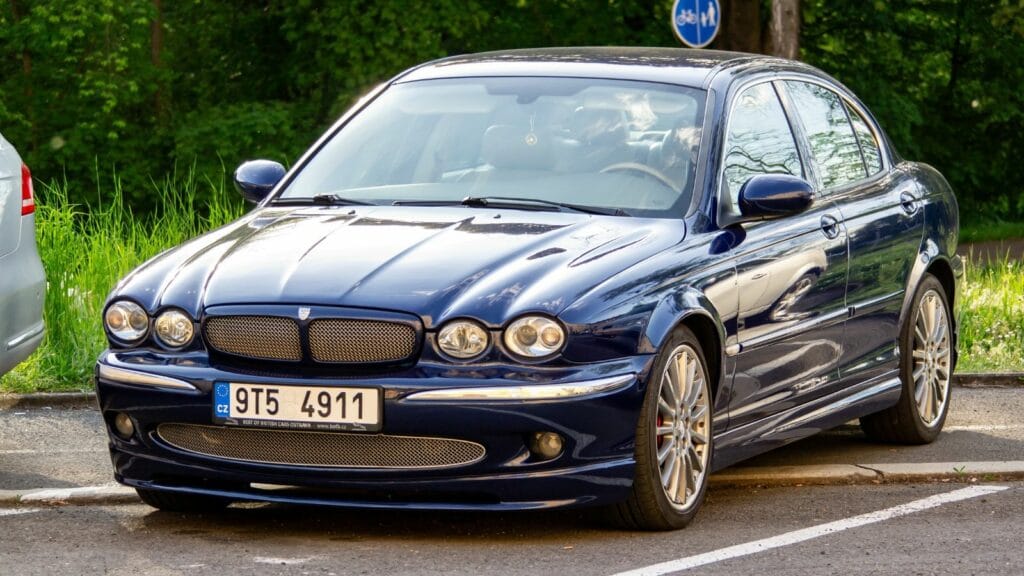Canadians love their cars. From snow-ready SUVs in Saskatchewan to zippy sedans in downtown Toronto, we take our wheels seriously. But sometimes, what starts as a dream ride becomes a financial nightmare. These are the vehicles that burned through wallets faster than they burned rubber. These 23 cars turned out to be terrible investments in Canada.
Fiat 500L
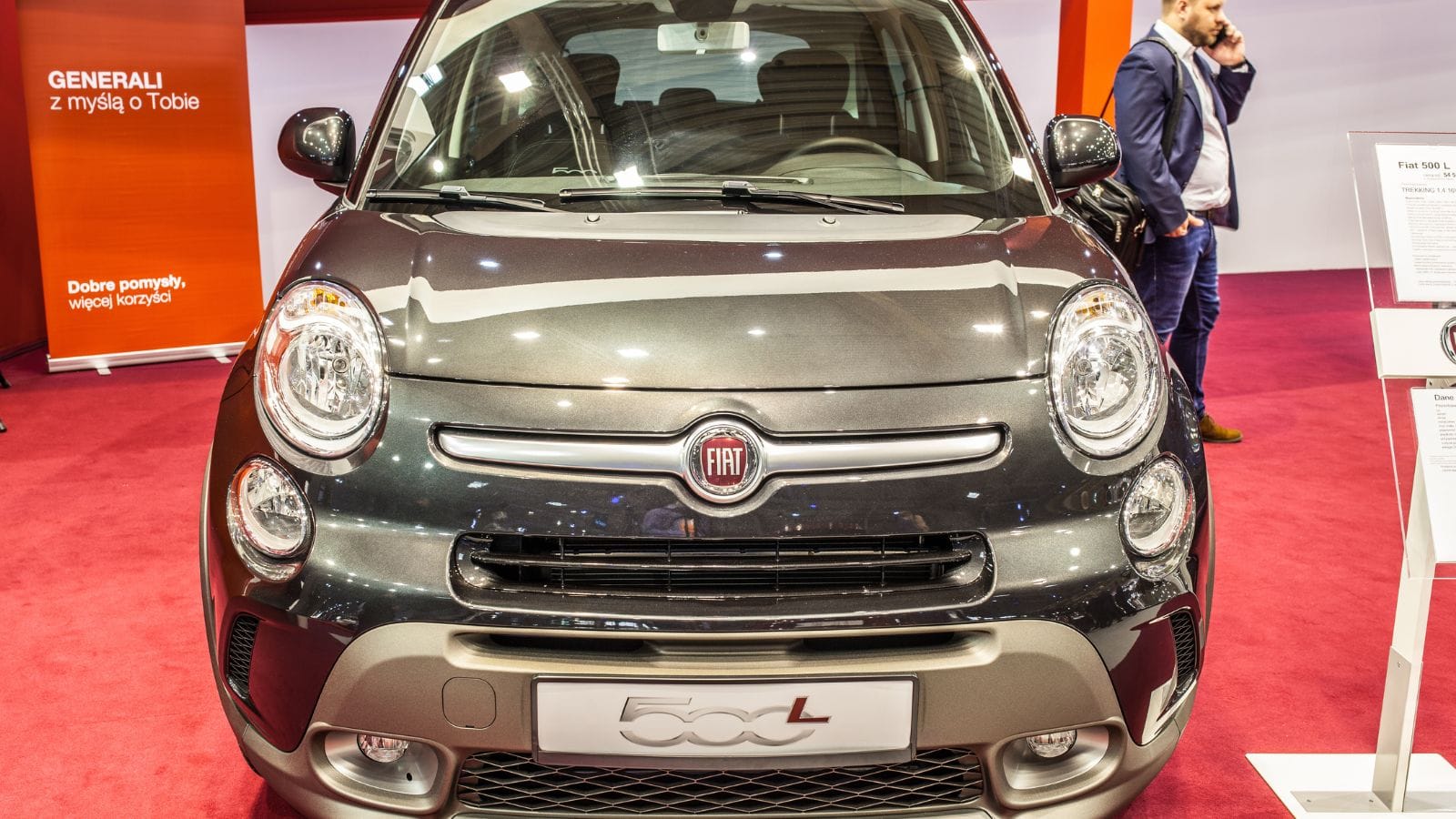
The Fiat 500L promised quirky European charm with space and practicality. What Canadian buyers got instead was a headache on four wheels. With Consumer Reports consistently ranking it among the worst vehicles for reliability, the 500L’s ownership costs quickly ballooned. Transmission glitches, poor build quality, and a clunky dual-clutch gearbox frustrated many owners. Also, JD Power’s low dependability ratings and widespread owner complaints on forums like CarComplaints.com painted a bleak picture. Depreciation in some markets reached over 60% in just a few years.
Smart ForTwo
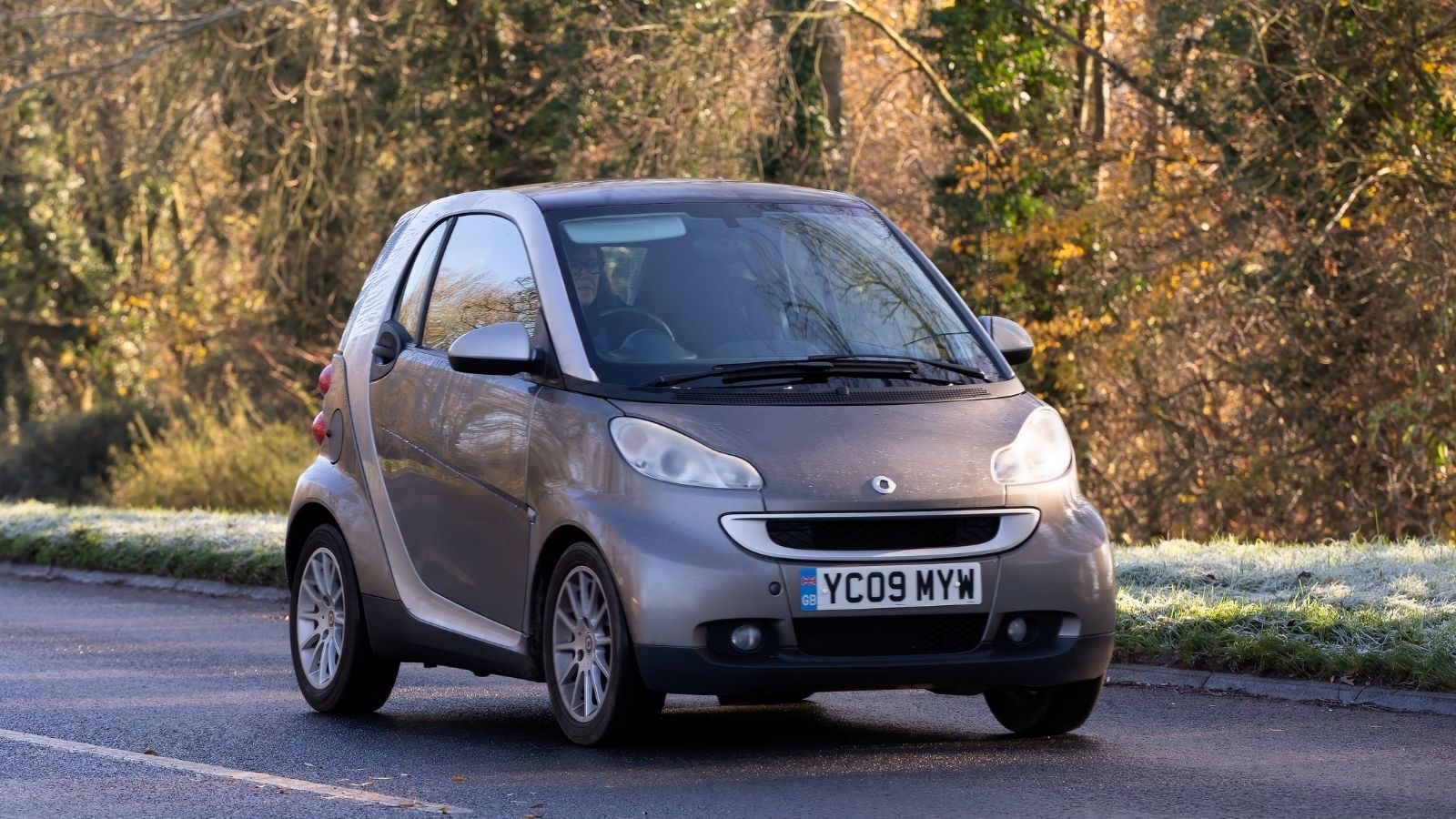
According to the Canadian Black Book, Smart ForTwo consistently ranked among the worst in retained value, sometimes holding less than 30% after just a few years. Its limited practicality, sluggish performance, and harsh ride on rough Canadian roads made it less desirable in a country that loves versatility and winter readiness. In addition, Smart pulled out of Canada entirely in 2019, leaving owners with dwindling support and parts scarcity. What started as a trendy, Euro-chic choice ended as an orphaned investment.
Chrysler 200
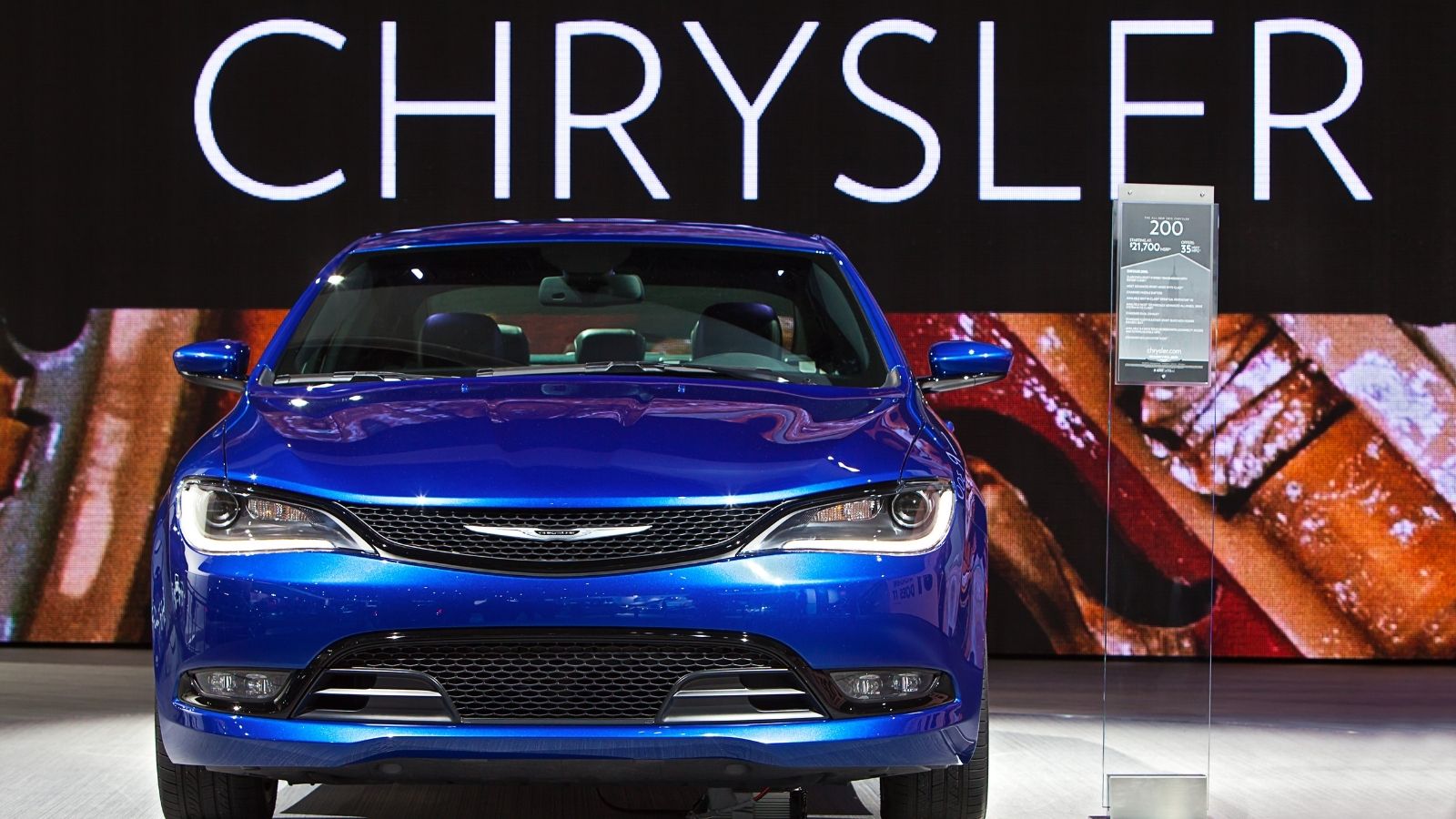
Meant to be Chrysler’s comeback sedan, the 200 instead became a symbol of mediocrity. The 200 is notorious for poor reliability—Consumer Reports and JD Power both flagged issues with its 9-speed automatic transmission, which shifts unpredictably and often fails prematurely. On top of that, cramped rear seating, a coarse ride, and low resale value made it a dealership dud. Fiat Chrysler (FCA) even pulled the plug on it in 2017 due to lagging sales and constant mechanical complaints.
Mitsubishi Mirage
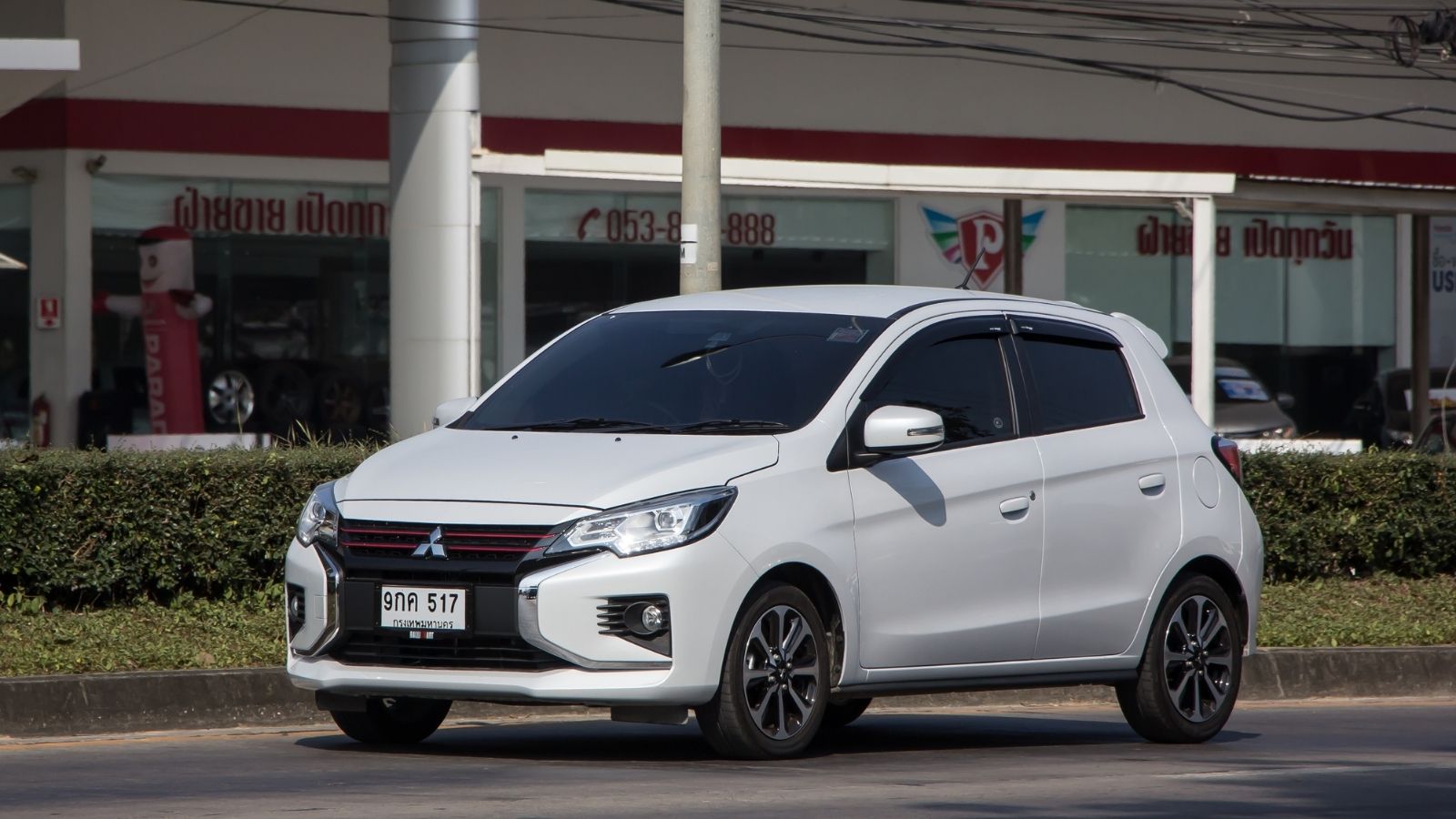
According to Canadian Black Book, despite its low MSRP (around CA$14,000), the Mirage suffers from severe depreciation, losing over 50% of its value in just three years. That’s a hard pill to swallow for a car that already skimps on performance, comfort, and safety. With a tiny 1.2L 3-cylinder engine pushing just 78 horsepower, it’s painfully slow and noisy on highways—a problem in our spread-out, icy country. Add to that poor crash test ratings from IIHS and dated tech, and you’ve got a car that barely meets 2010 standards in 2025.
Nissan Leaf (1st Gen)
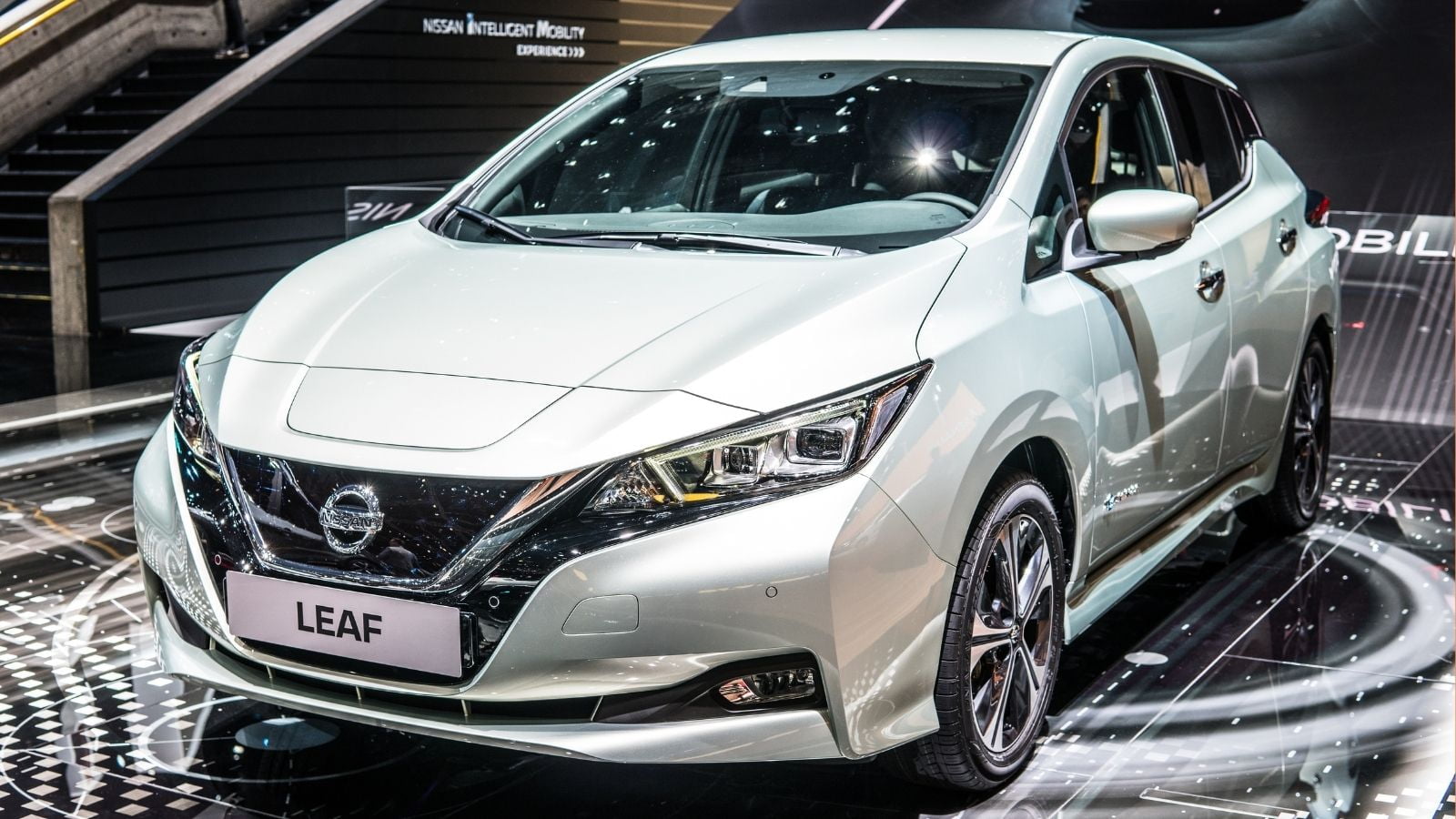
Electric dreams, resale nightmares. Early Leafs lost their value faster than you could say “range anxiety.” That made road trips, or even cross-town errands, a gamble. Worse, early models lacked thermal battery management, causing rapid battery degradation, especially in colder provinces like Alberta or Manitoba. And while newer EVs get government incentives and better infrastructure support, the 1st-gen Leaf missed out, making it a hard sell. According to Kelley Blue and Canadian Black Book, its poor long-term value is no secret.
BMW 7 Series (Older Models)
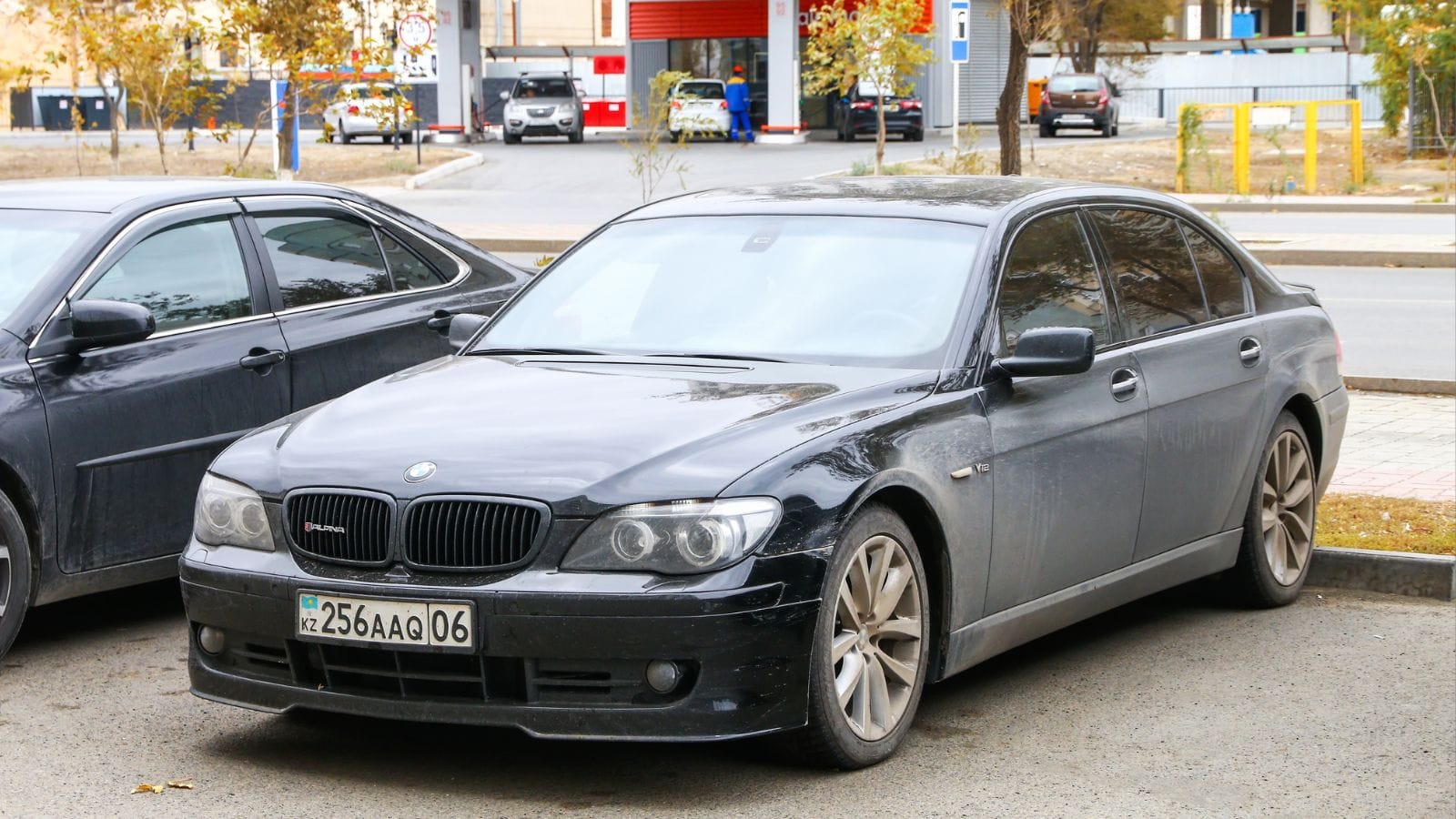
Luxury comes at a price; with the 7 Series sedans used, that price is constantly being upheld. While these flagship sedans were technological marvels in their prime, they aged about as gracefully as a discount laptop in a snowstorm. Common issues included iDrive system failures, air suspension malfunctions, and chronic oil leaks, often requiring repairs that cost more than the car’s resale value. Parts were pricey, and few independent mechanics wanted to touch the 7 Series’ complex electronics or V8/V12 engines. Plus, Canadian winters wreak havoc on their finicky sensors and electronics.
Jeep Patriot
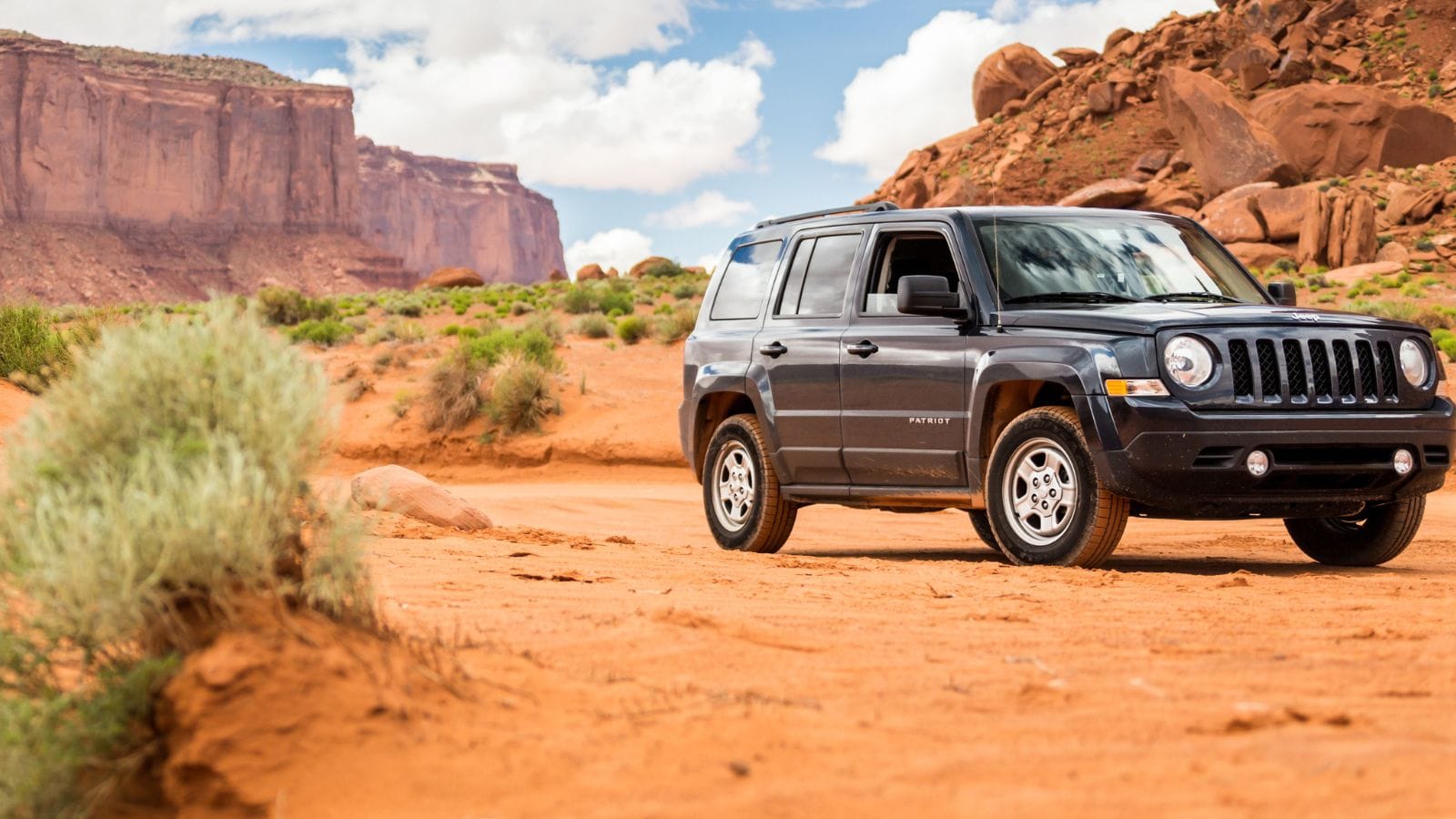
The Jeep Patriot was pitched as a rugged, affordable SUV for Canadians wanting that Jeep charm without the Jeep price tag. But what buyers got was more of a lemon than a legend. The Patriot suffered chronic CVT transmission issues, especially in models before 2014, with replacement costs soaring over $4,000. Rust was another uninvited guest, particularly on the underbody and rear wheel wells, which became a nightmare in salty Canadian winters. It’s no wonder they stopped making it in 2017.
Chevrolet Spark
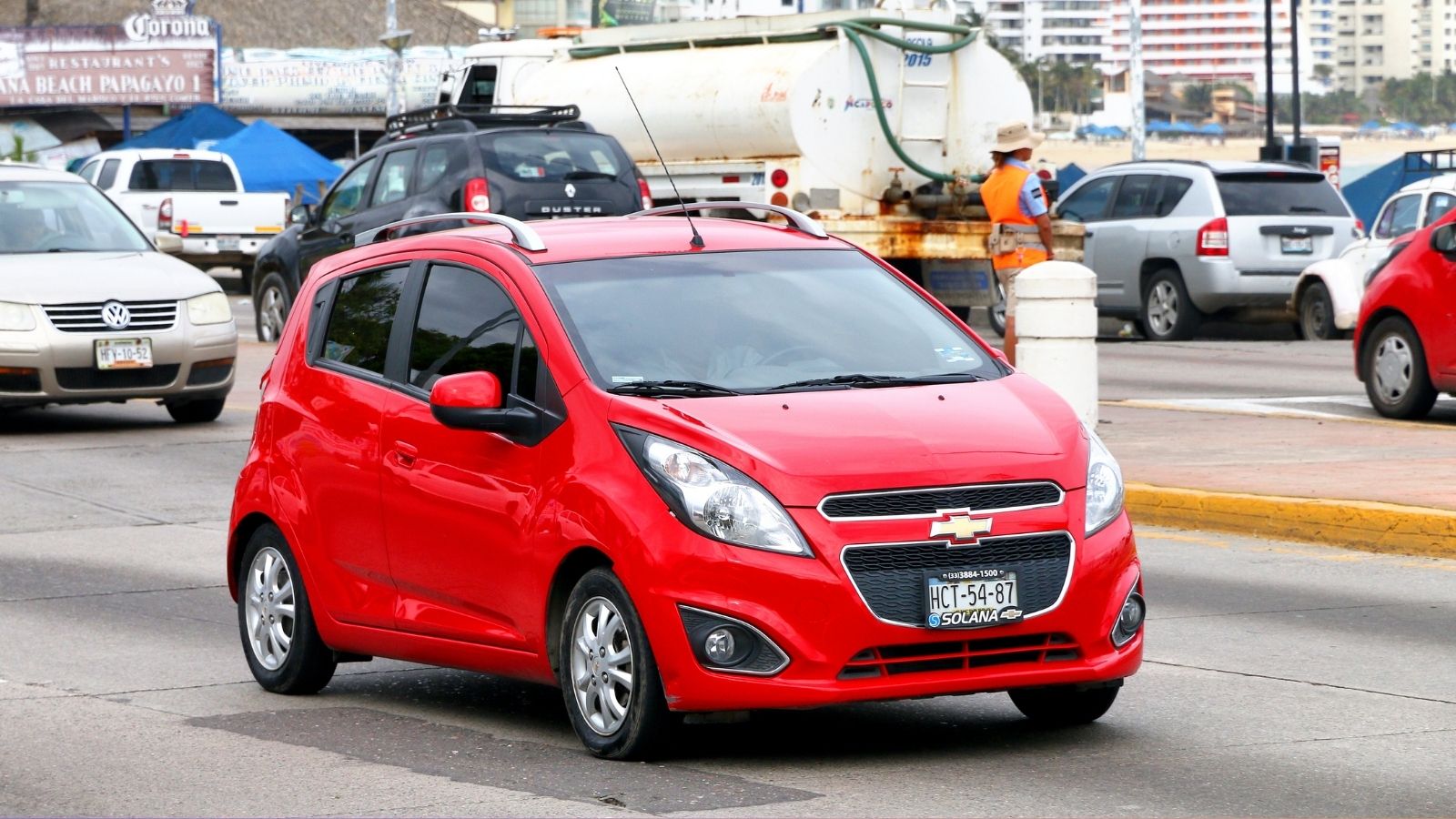
At first glance, the Chevrolet Spark may have seemed like a thrifty city car—a tiny price tag, footprint, and supposedly decent fuel economy. However, Canadian owners quickly discovered that the savings stopped after the sticker price. With underwhelming performance, a cramped interior, and a ride quality that feels like you’re piloting a lawnmower over cobblestones, the Spark fizzled fast. Reliability is another sore point: Consumer Reports gave it low marks for transmission issues, and its safety scores aren’t stellar either.
Cadillac ELR
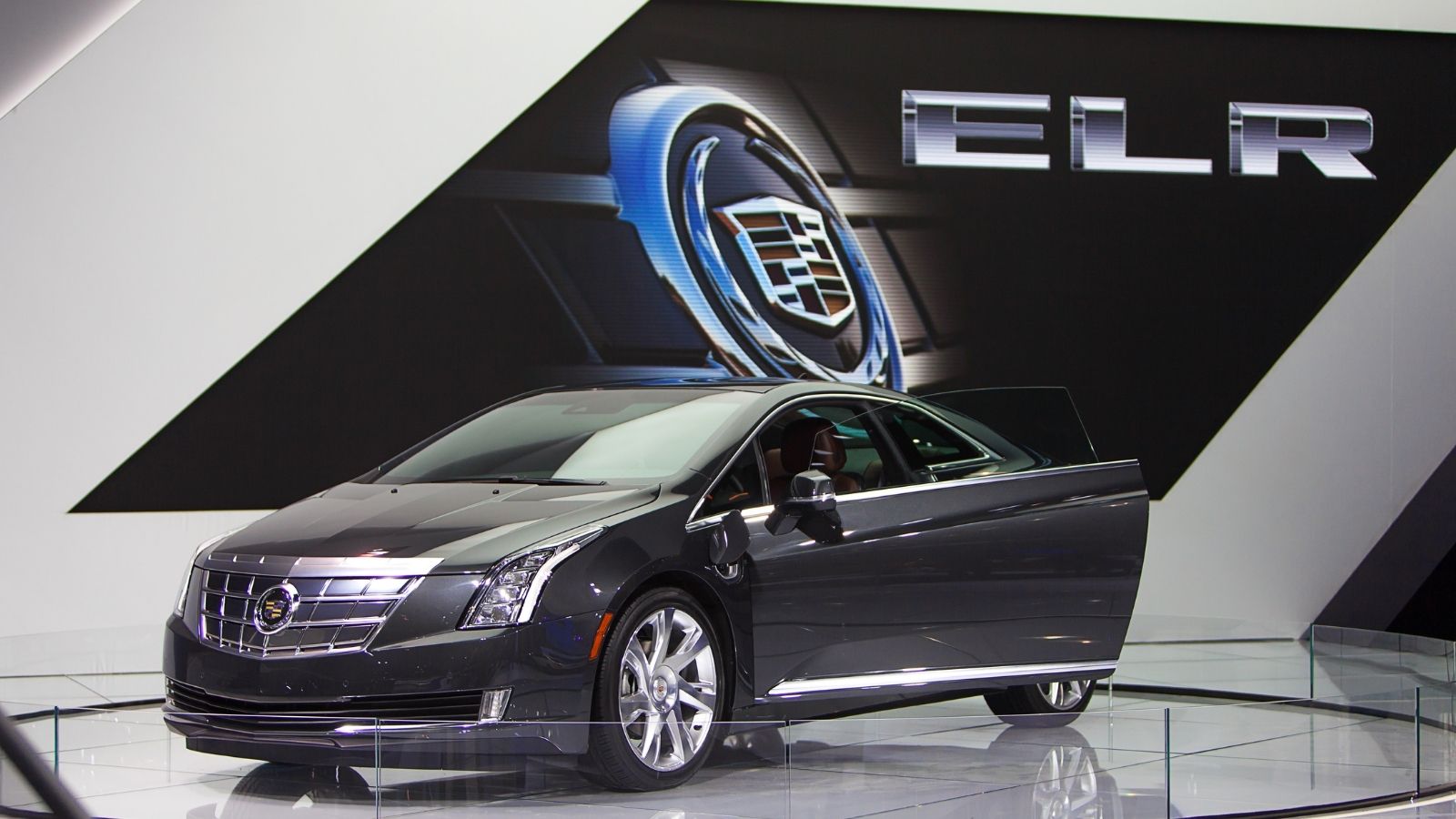
A $75,000 plug-in coupe that was a dressed-up Chevy Volt? Canadians weren’t fooled. Canadian sales? Practically nonexistent. Cadillac sold just a few hundred units nationwide over its short run (2014–2016). Resale values plummeted—many used ELRs now fetch under $30,000, a brutal depreciation of more than 60% in under a decade. Critics blasted it as style-over-substance, and even GM admitted defeat by pulling the plug early.
Dodge Dart
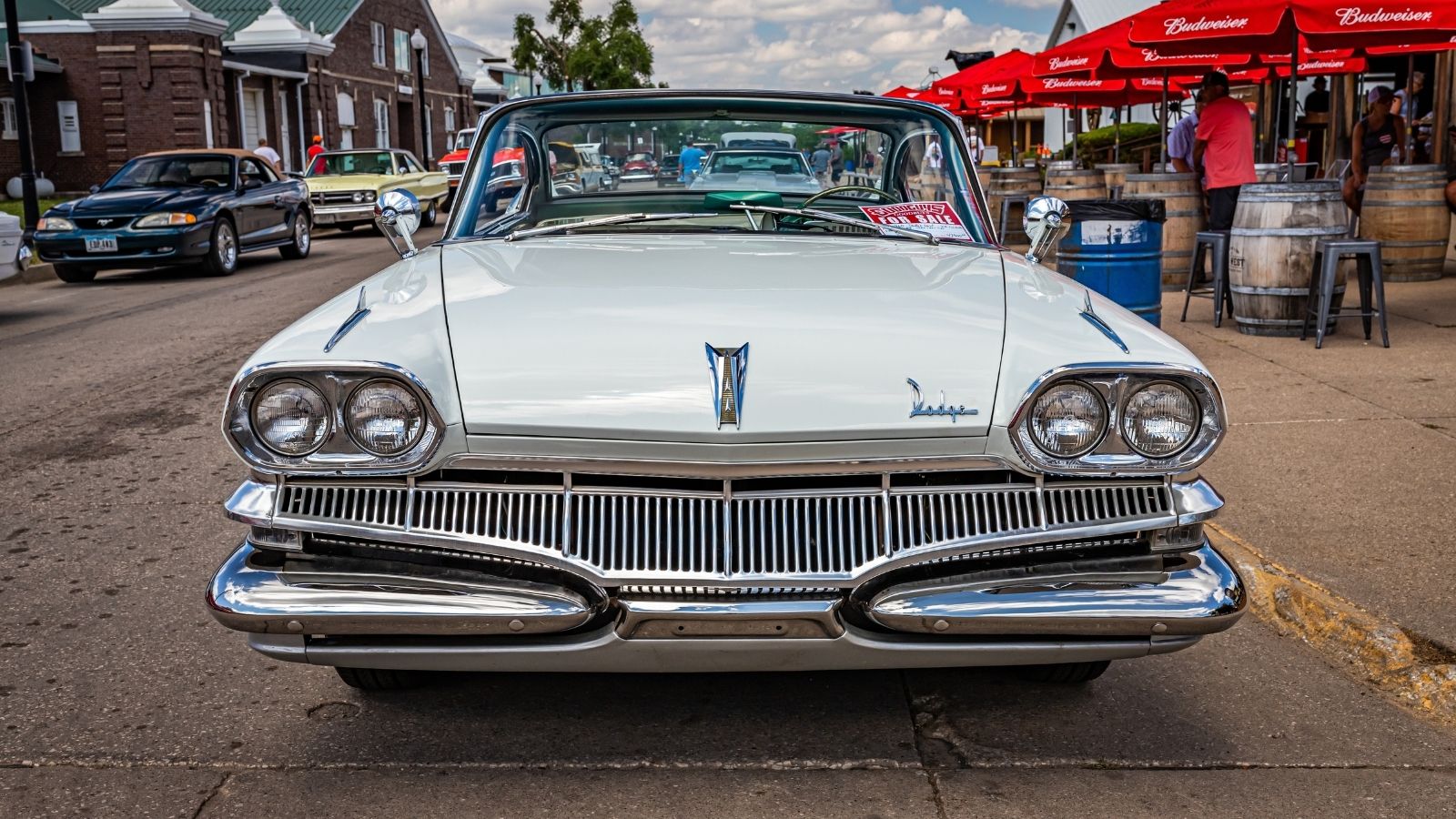
The Dodge Dart tried to reboot a classic nameplate with sleek styling and techy appeal, but Canadian buyers soon learned it was more lemon than legend. Despite FCA’s hopes, the Dart flopped in the compact market, failing to compete with reliability champs like the Honda Civic or Toyota Corolla. One of its biggest sins? Depreciation. According to the Canadian Black Book, the Dart lost value faster than a snowball in July—some trims shed over 60% of their value in just three years.
Volkswagen Routan
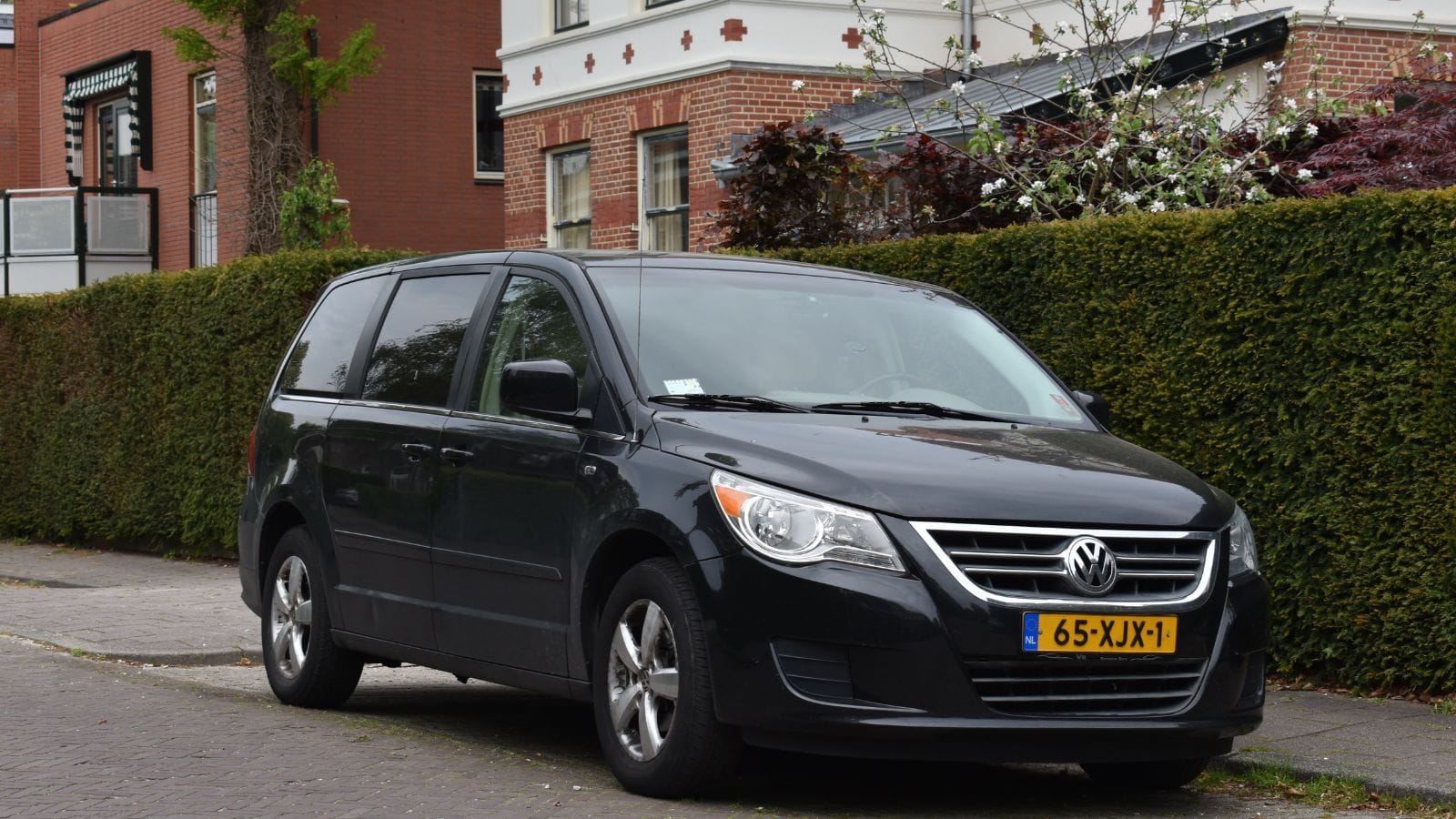
This VW-branded Chrysler minivan confused Canadian buyers and didn’t live up to either nameplate. Owners reported frequent power-train failures: stalling, sudden engine shutdowns, transmission stuck in gear, and costly fixes averaging $1,000–$1,500 per incident. Canadian experiences also included a BC case of complete transmission replacement for ~$8,000 (trans+labor) just after warranty expiry. Electrical woes—faulty TIPM, sliding-door motors, sensors, dashboard glitches—added hundreds in yearly repairs, with average annual maintenance between US$ $713–829.
Jaguar X-Type
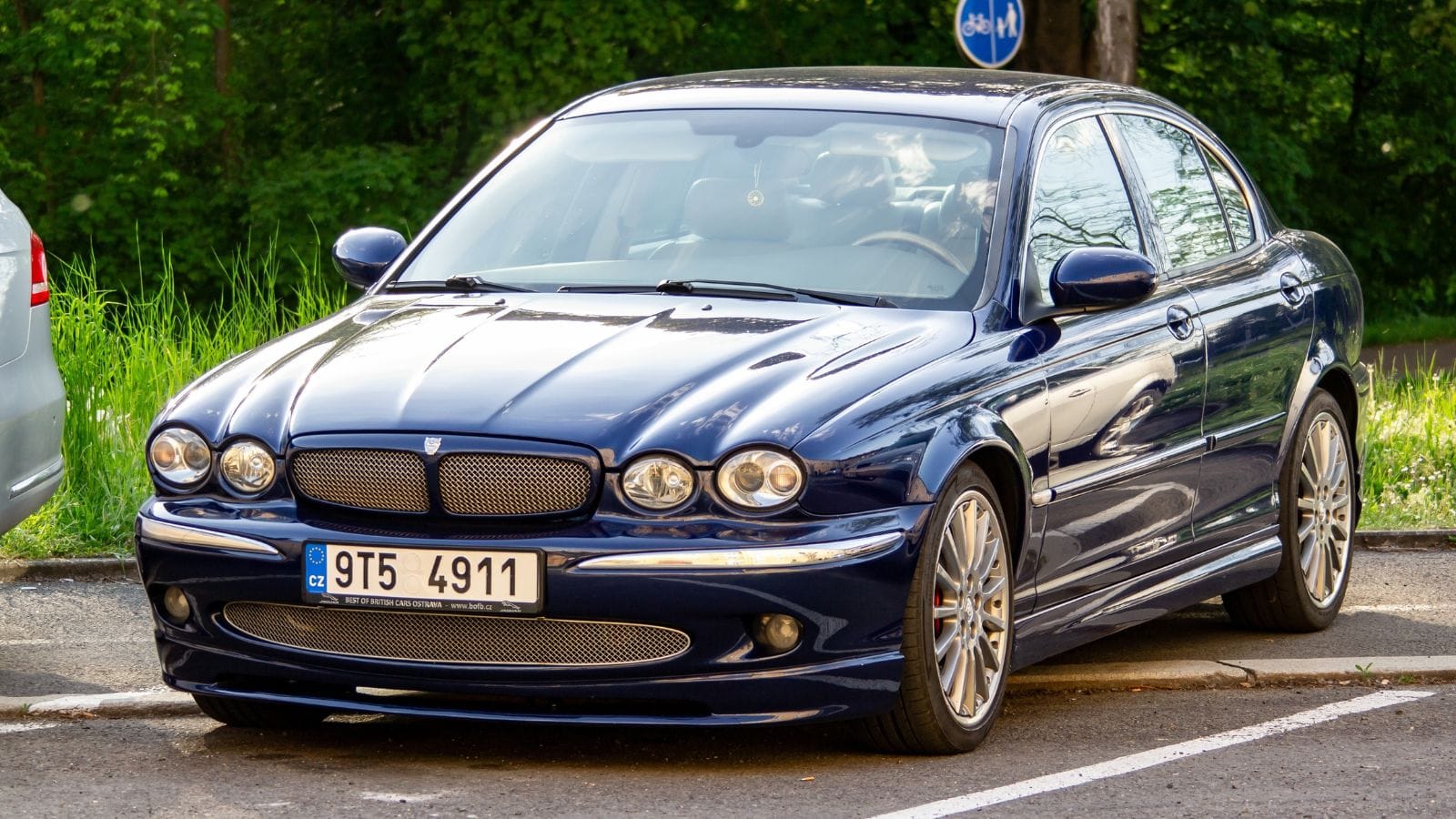
Imagine putting a Ford Mondeo in a tuxedo and charging luxury prices. Built on the same platform as the Ford Mondeo, the X-Type never quite lived up to its luxury promise, especially in Canada. Despite the leaper on the hood, the car suffered from reliability issues like failing all-wheel-drive systems, quirky electronics, and expensive-to-fix rust-prone bodywork—ask any chilly Canadian province. Depreciation was brutal: A $50,000 model in 2005 is now worth less than $3,000, and maintenance costs often outpace the resale value.
Hummer H2
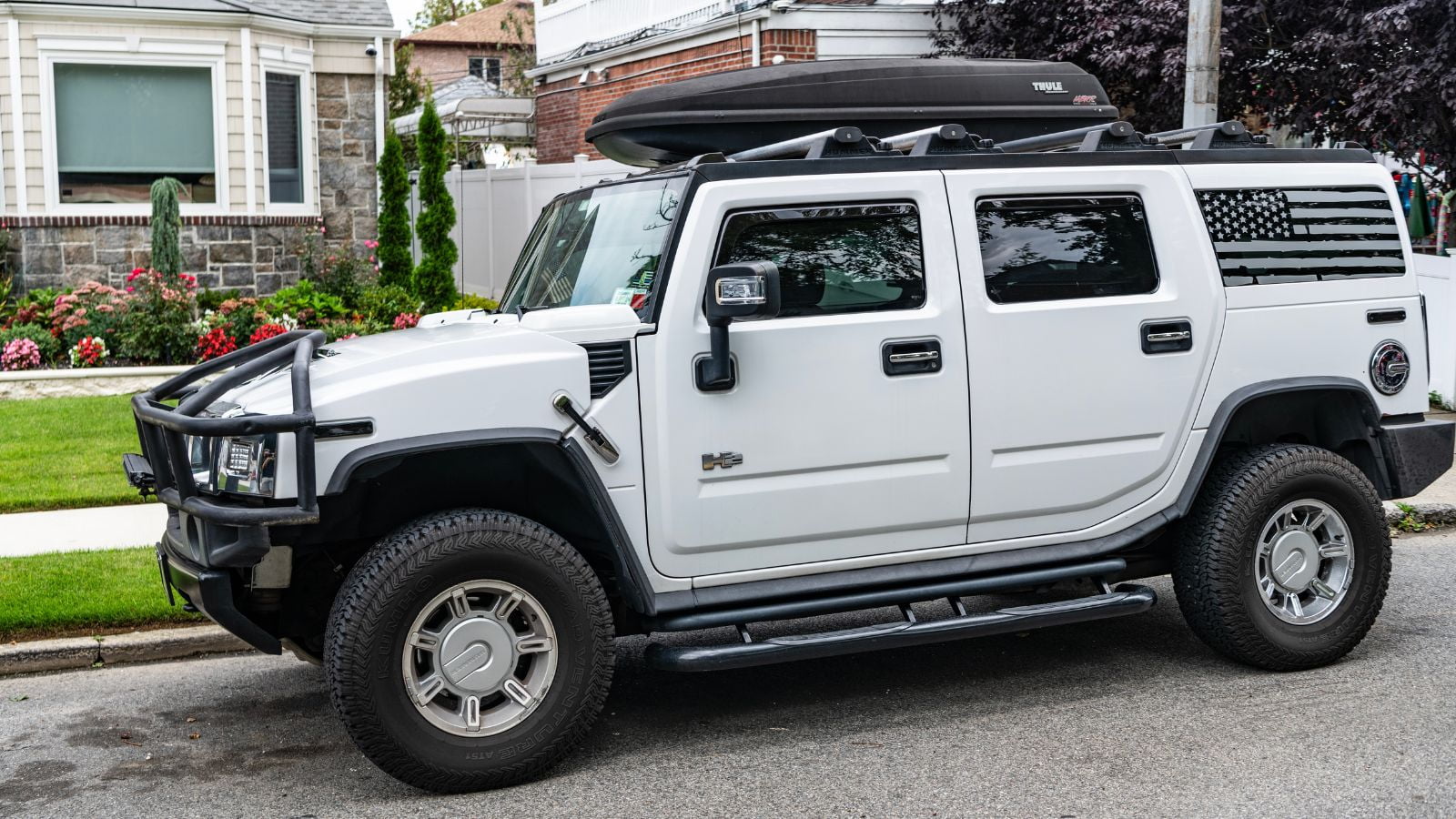
The Hummer H2, once a rolling symbol of oversized bravado, turned out to be a terrible investment in Canada, especially if you enjoy fuel efficiency, resale value, or public approval. With a monstrous 6.0L or 6.2L V8 engine, it slurped premium gasoline at around 25–30 L/100 km in the city—the fuel economy of a tank minus the utility. Add maintenance costs and public sentiment shifting toward eco-friendliness, and you have an SUV-sized financial regret.
Lincoln MKT

If you bought a Lincoln MKT in Canada thinking it was a swanky SUV meets limo with staying power, sorry to break it to you, but your wallet probably filed for divorce. The MKT, especially model years 2010–2019, came with questionable styling (was it a hearse? Was it a spaceship?) and a depreciation curve steeper than a ski jump at Whistler. It does not help its case: spotty reliability ratings from Consumer Reports, high maintenance costs, and the fact that most folks would rather drive anything else from Lincoln’s stable.
Saab 9-5 (post-2010)

It’s a great car with terrible timing. Saab went belly-up right after launching this model, leaving Canadian owners with orphaned vehicles. Parts? Rare. Dealerships? Vanished. Mechanics? Confused and afraid. In Canada, where harsh winters demand reliability and available service, the 9-5’s gorgeous yet complex tech (like night vision and turbocharged engines) turned into a wrenching headache. Depreciation? Faster than Tim Horton’s coffee disappears on a job site. Also, according to the Canadian Black Book, these Saabs lost over 60% of their value in five years.
Chevrolet Aveo
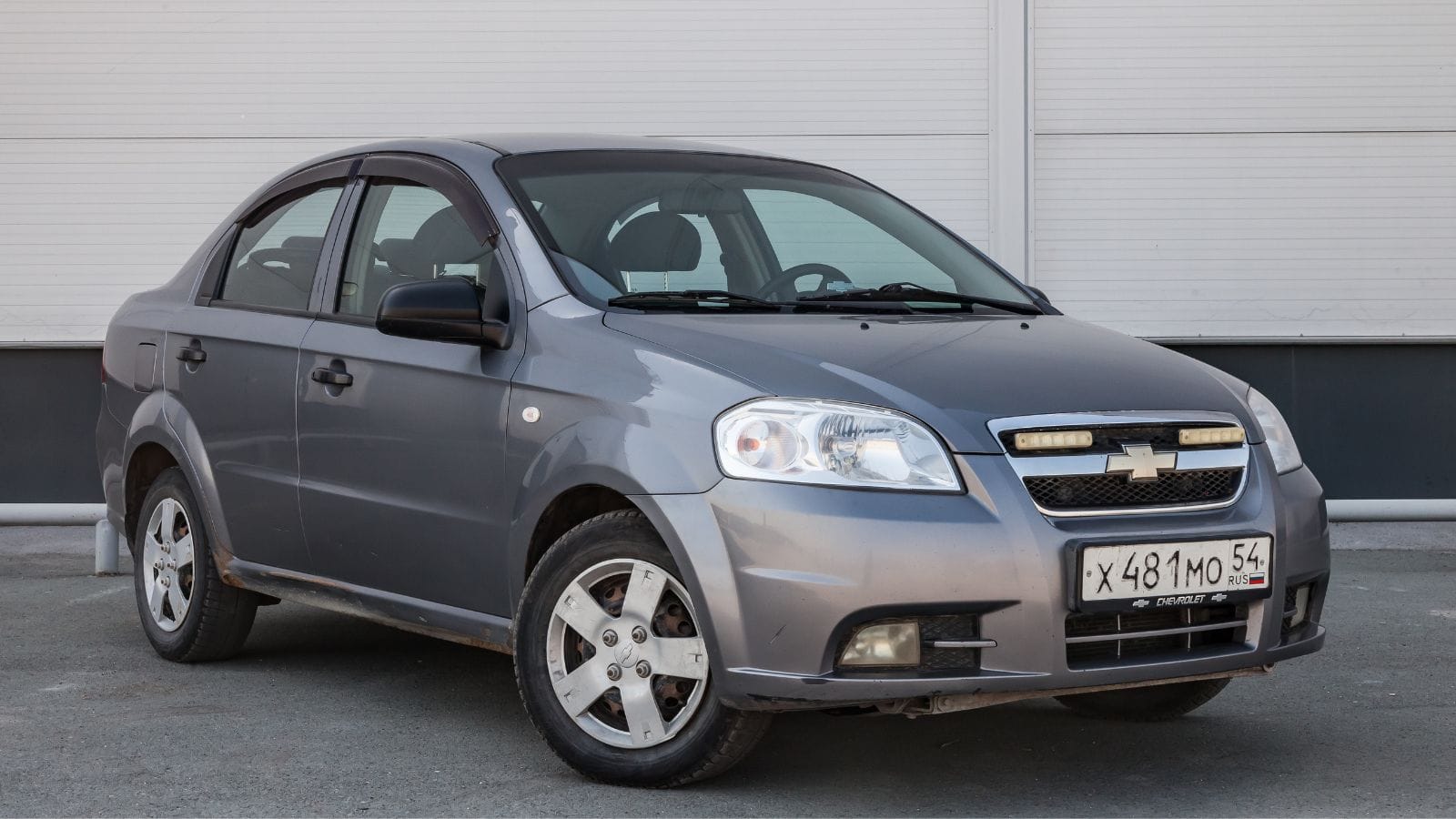
It is cheap to buy and costly to own. Marketed as a budget-friendly city car, the Aveo (2004–2011) came with the resale value of a damp sock and a performance that made even garden tractors blush. It guzzled more gas than you’d expect from a subcompact, and repair costs aged like milk—timing belt failures, electrical gremlins, and transmission issues galore. Canadian winters didn’t help either; rust practically came as a factory option. Worse still, GM ditched it in favor of the Sonic, quietly hoping we’d forget the Aveo existed.
Acura ZDX
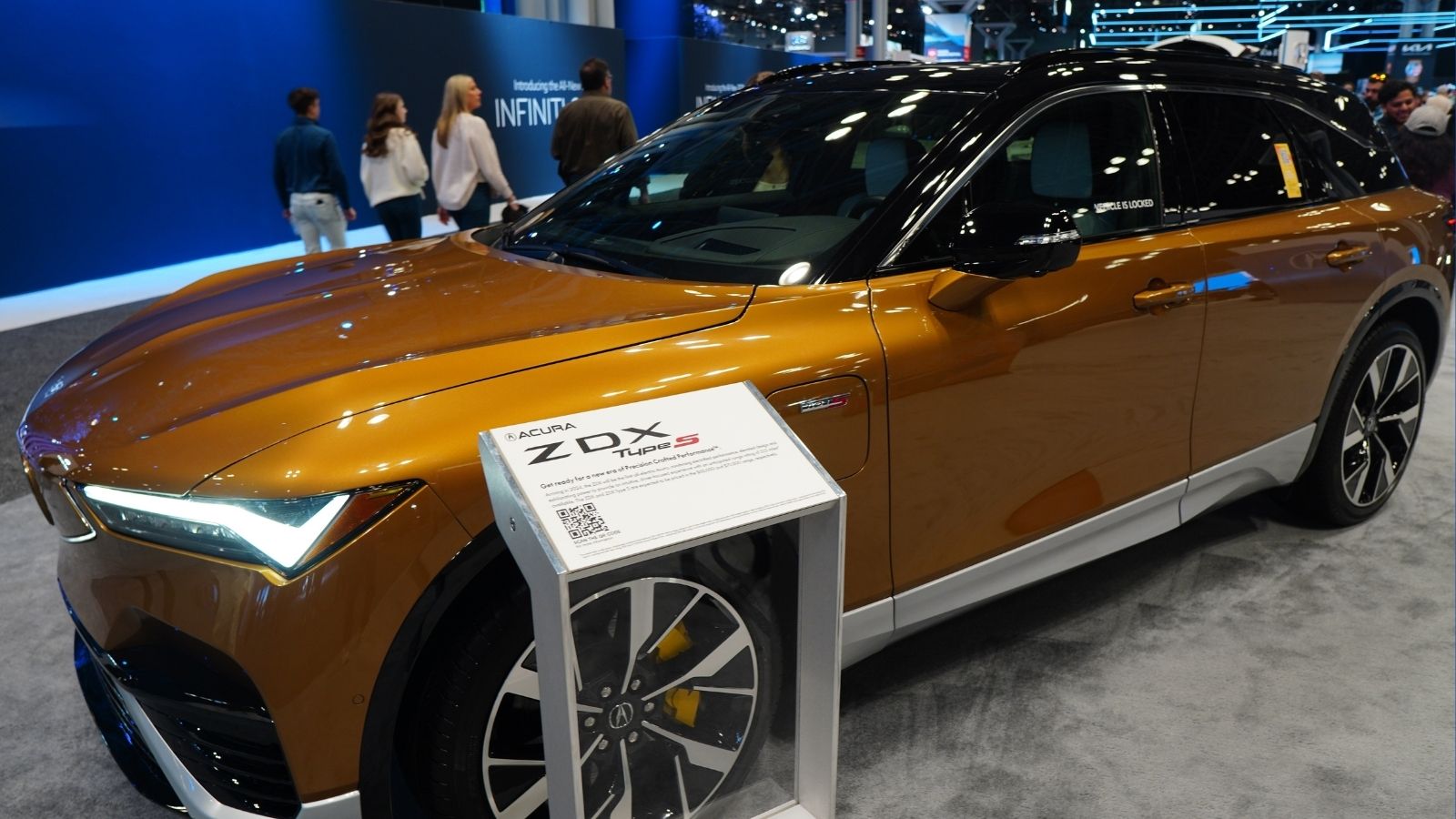
Acura ZDX: the luxury crossover that tried to be everything… and ended up being nobody’s type. Launched in 2010, it was Acura’s stylish experiment—a swoopy coupe-SUV mashup that looked like it came from a design class project called “Just Because We Can.” Priced north of $50,000, it promised performance, luxury, and exclusivity. It delivered… depreciation. Canadian resale values sank faster than a Timbit in coffee. And, with only three model years (2010–2013) and no real fanbase, parts became rarer than a Leafs playoff win, and insurance companies weren’t thrilled about the oddball shape either.
Hyundai Veracruz
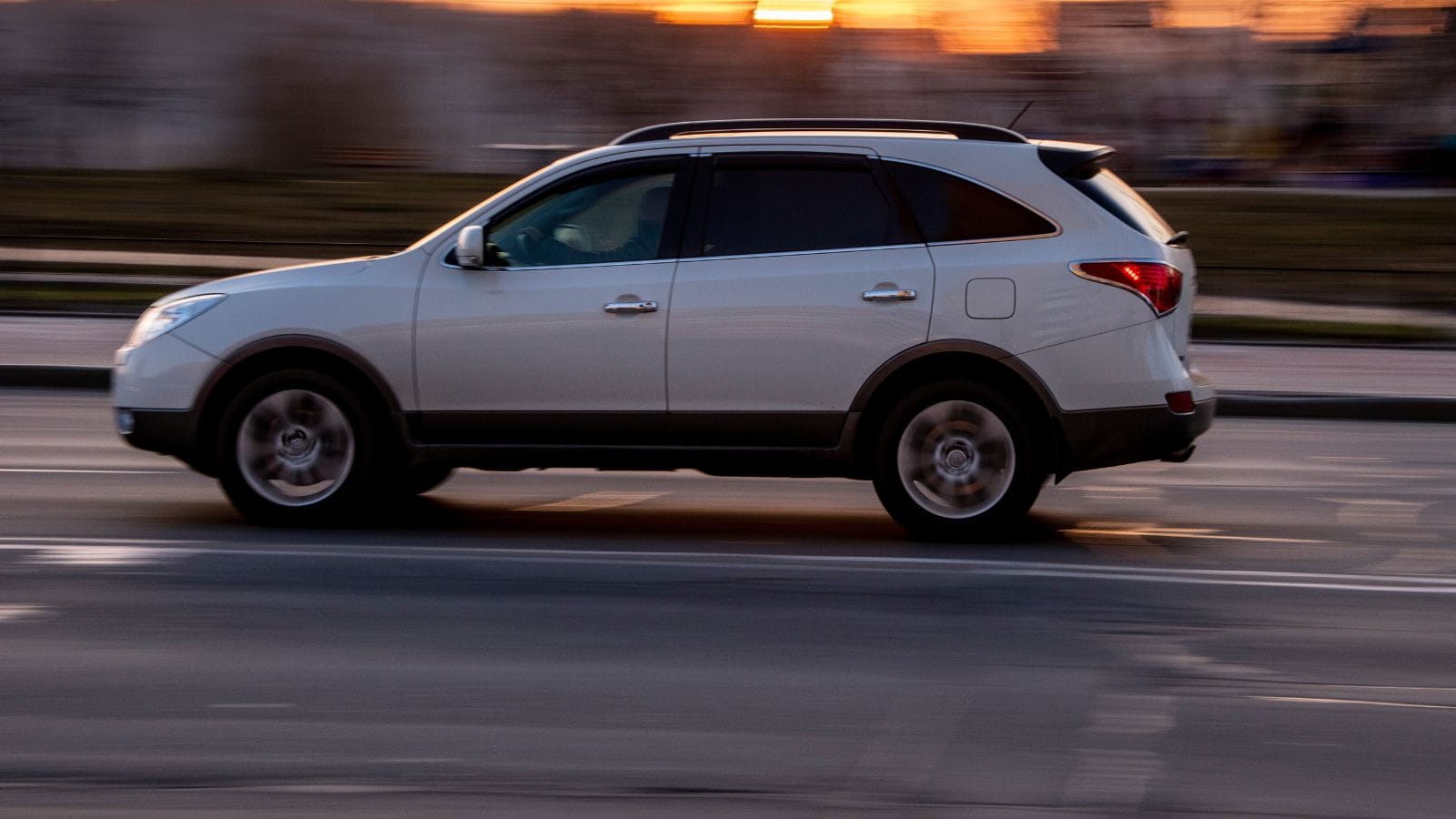
Before Hyundai hit its stride, the Veracruz was a luxury-ish SUV with big ambitions and little follow-through. And let’s not forget the awkward styling that aged like an unrefrigerated carton of milk. Canadian owners found maintenance costs surprisingly high for a “Hyundai,” with parts getting harder to find post-discontinuation, mechanics have started giving it side-eyes. In short, the Veracruz promised Lexus luxury at a Hyundai price, but it only delivered buyer’s remorse.
Ford EcoSport
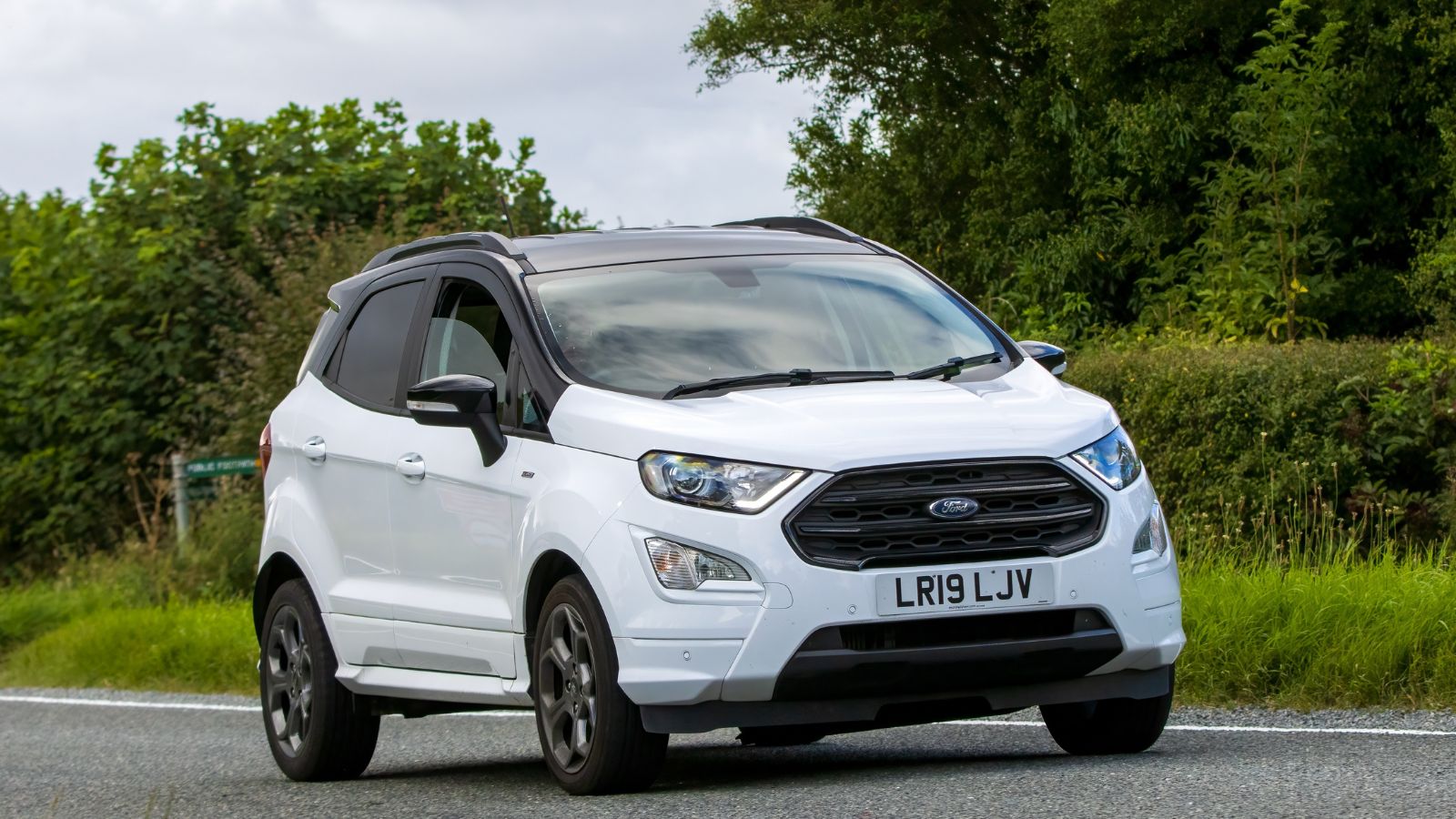
Imported from India and Brazil, the EcoSport’s weird proportions, underpowered engine, and dated design didn’t charm Canadians. Canadian reviews panned its jittery ride and noisy cabin, while Consumer Reports routinely gave it poor marks for reliability. And the cherry on this regret sundae? Ford discontinued it in 2022, killing resale faster than your uncle’s crypto stock. According to Canadian Black Book data, depreciation on the EcoSport was steeper than on a ski hill in Whistler.
Suzuki Kizashi
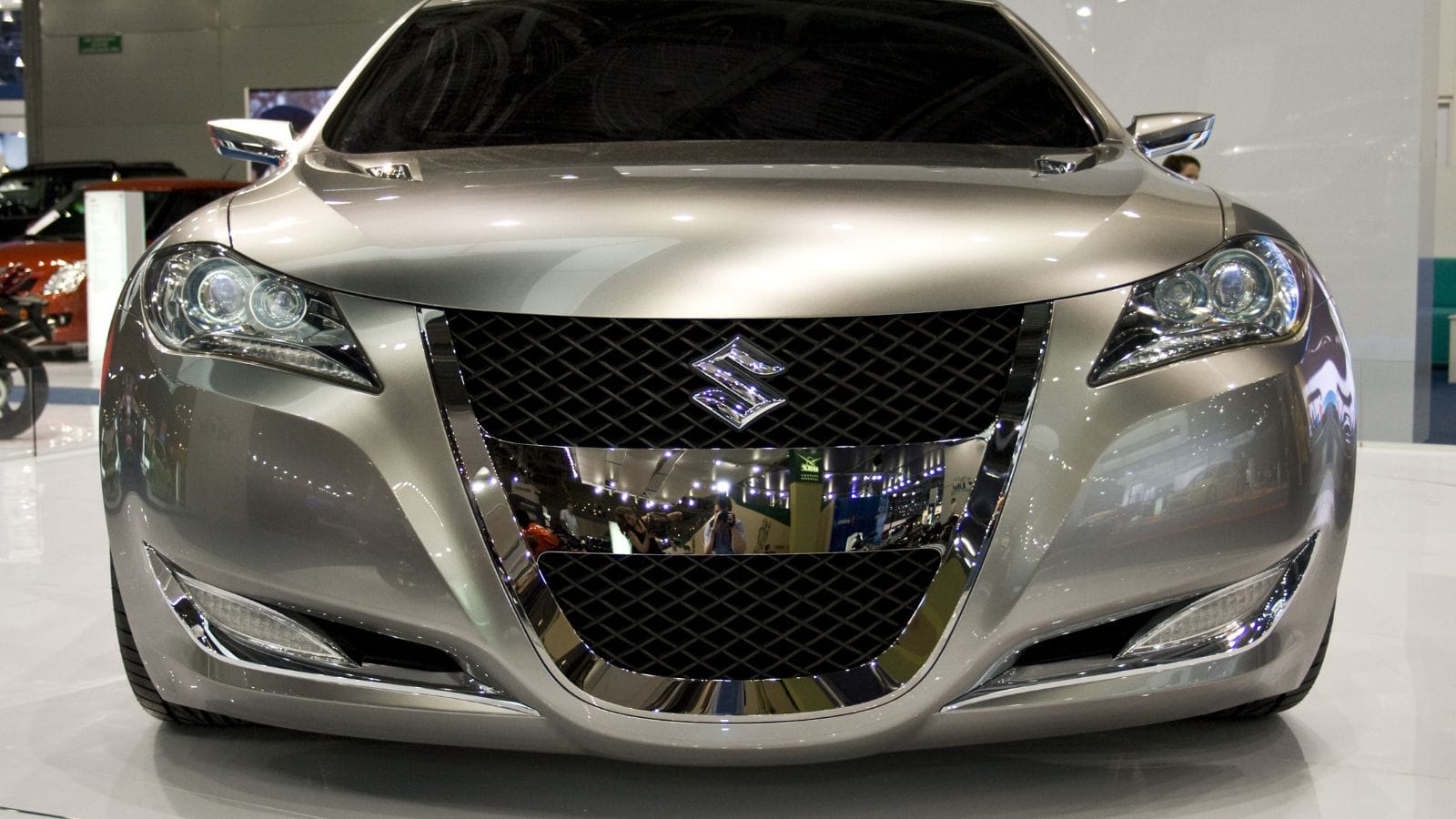
Billed as a sporty mid-size sedan to rival the Honda Accord and Subaru Legacy, it had decent specs (AWD, 2.4L engine, and even a manual option!). But sales? Flatter than a Saskatchewan highway. Suzuki pulled out of the North American auto market in 2013, leaving owners with a car depreciating faster than your crypto wallet in 2022. Finding parts? Good luck.
Dodge Caliber
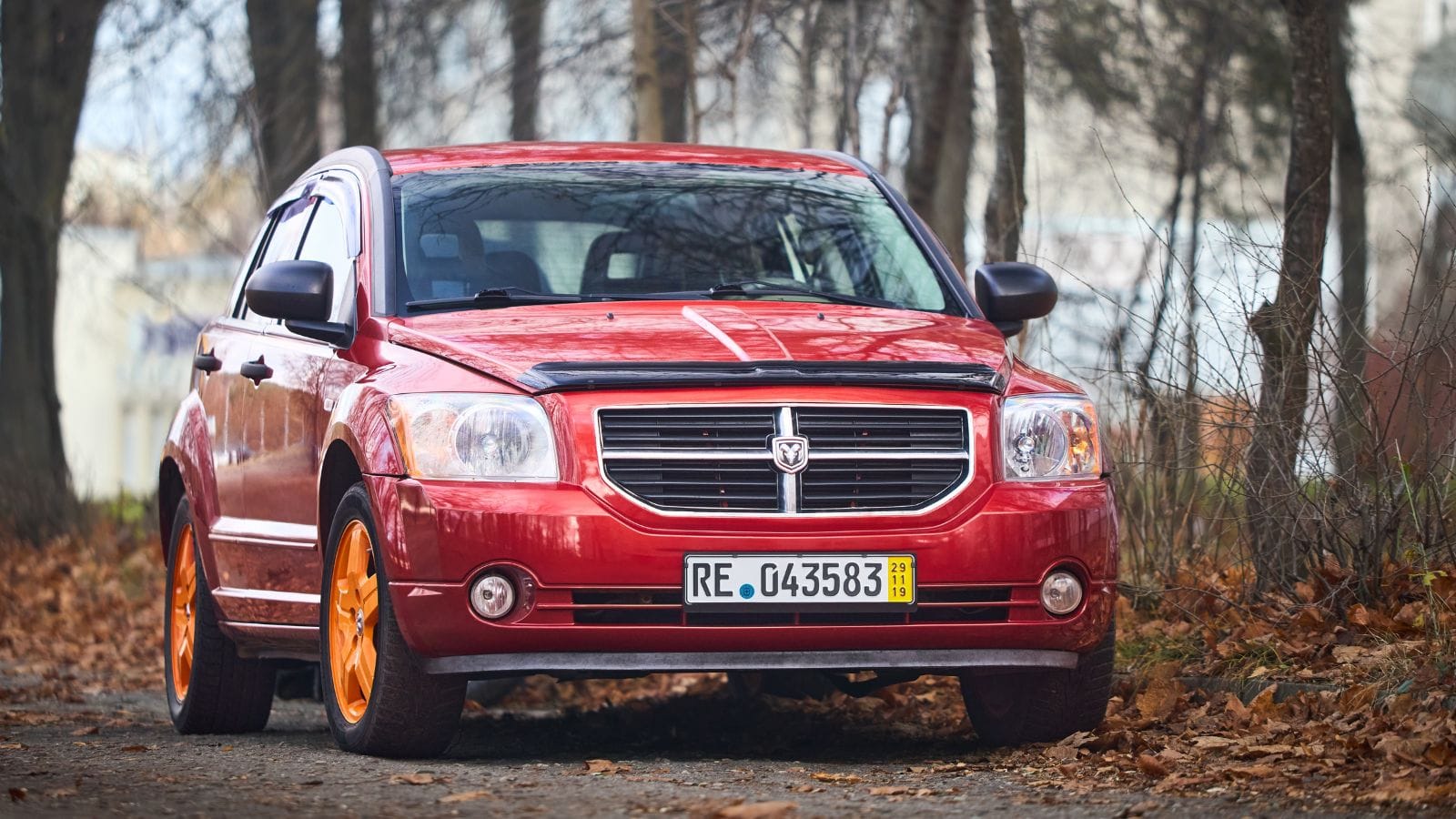
Ah, the Dodge Caliber (2007–2012)—Canada’s cautionary tale on four wheels. It strutted into showrooms promising hatchback practicality with a touch of SUV attitude. Instead, buyers got a rattly CVT transmission, clunky interior plastics, and handling that felt like guiding a canoe through molasses. Critics slammed its poor build quality, and by 2010, the resale value had dropped like a stone off the Cabot Trail. So, if you buy a new one, your wallet will still cry.
Infiniti QX70
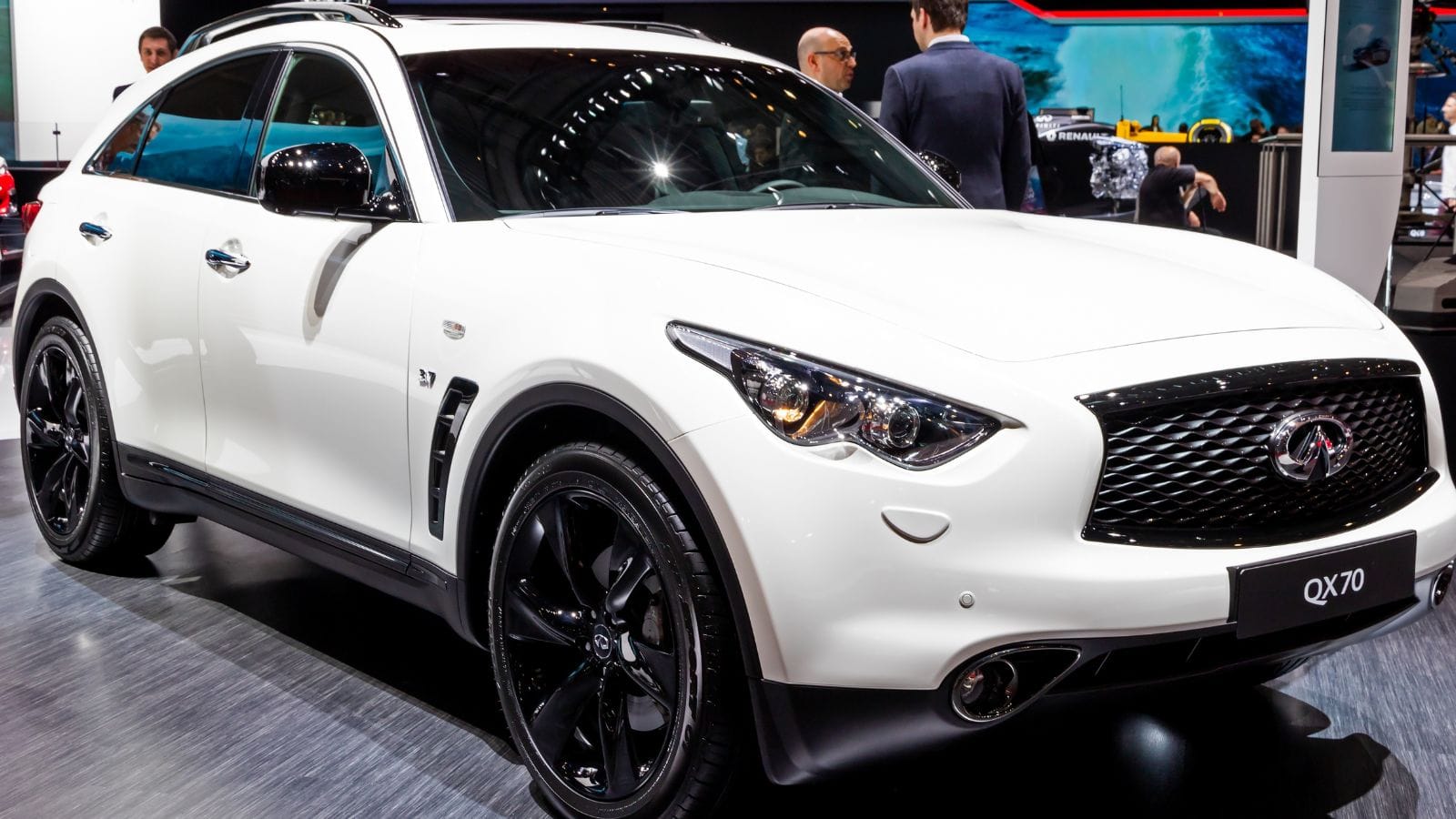
The QX70 had style to spare but suffered from a stiff ride, dated tech, and a thirsty V6. Fuel economy? It’s laughably bad: a thirsty V6 that drinks like it’s prepping for a desert rally. Infiniti axed the model in 2017 with zero replacement, turning parts and support into a scavenger hunt. And while it looked sleek, rear headroom and cargo space were tighter than your jeans after a poutine binge. Stop hemorrhaging cash unless you’re aiming to collect discontinued vehicles with the resale value of used printer ink.
Pontiac Aztek
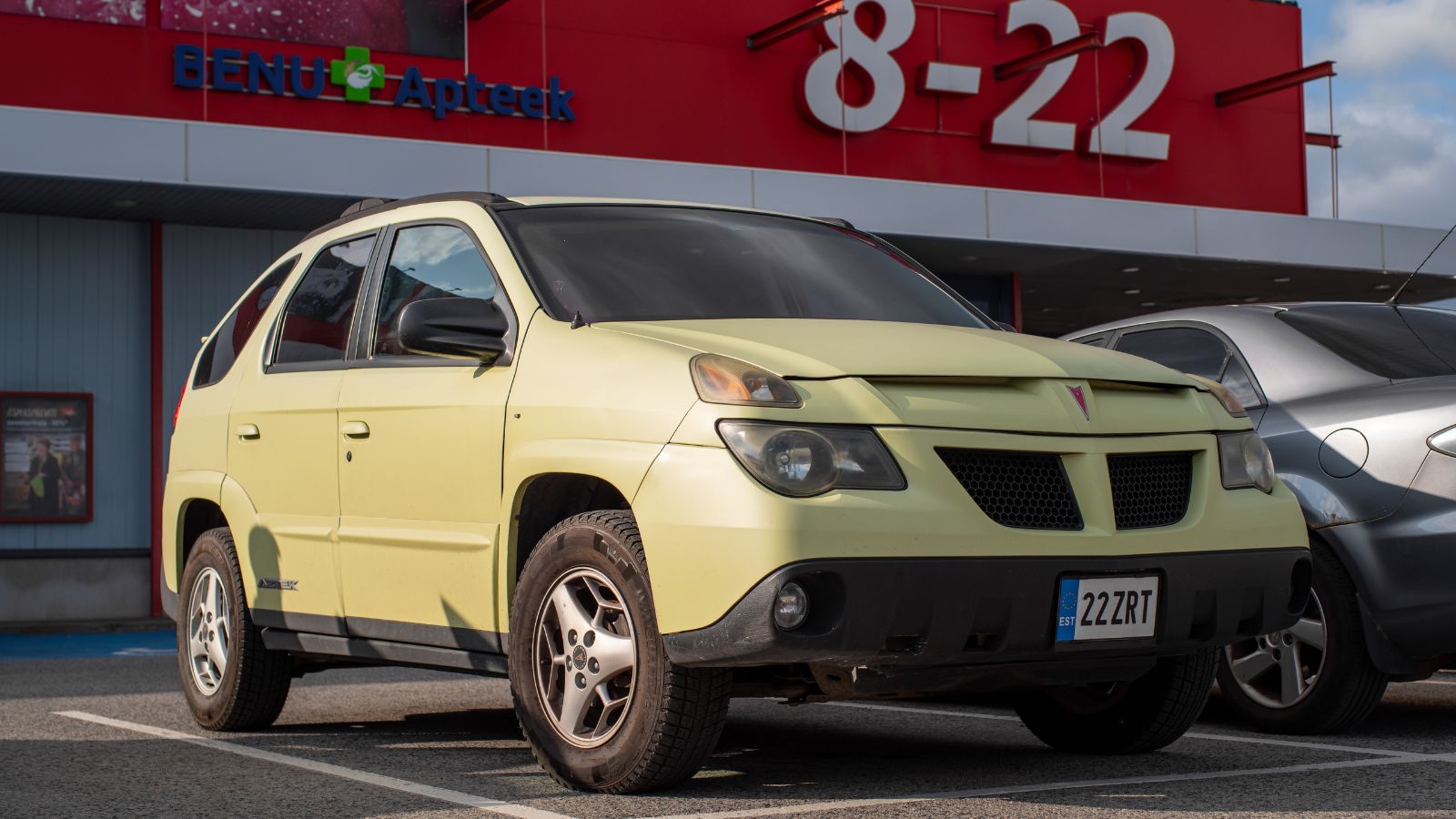
Aztek sales tanked faster than its resale value, depreciating like a deflating air mattress. GM pulled the plug in 2005 after selling just over 119,000 units in North America (a fraction in Canada), proving Canadians weren’t eager to invest in something that looked like a Transformer mid-meltdown. The build quality? Questionable. Reliability? Meh. Today, it’s a more ironic collector’s item than a wise investment.
22 Times Canadian Ingenuity Left the U.S. in the Dust

When people think of innovation, they often picture Silicon Valley. However, Canada has a history of innovation, too. Whether it’s redefining sports, revolutionizing medicine, or just showing America up at its own game, Canadian inventors, thinkers, and dreamers have had their fair share of mic-drop moments. Here are 22 times Canadian ingenuity left the U.S. in the dust.
22 Times Canadian Ingenuity Left the U.S. in the Dust
